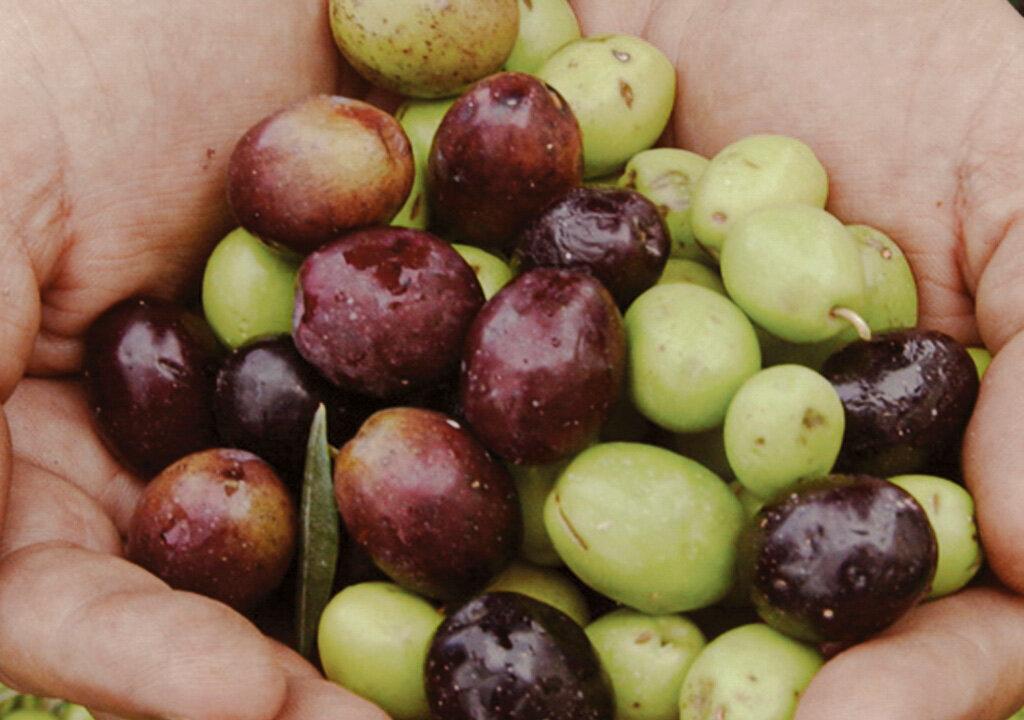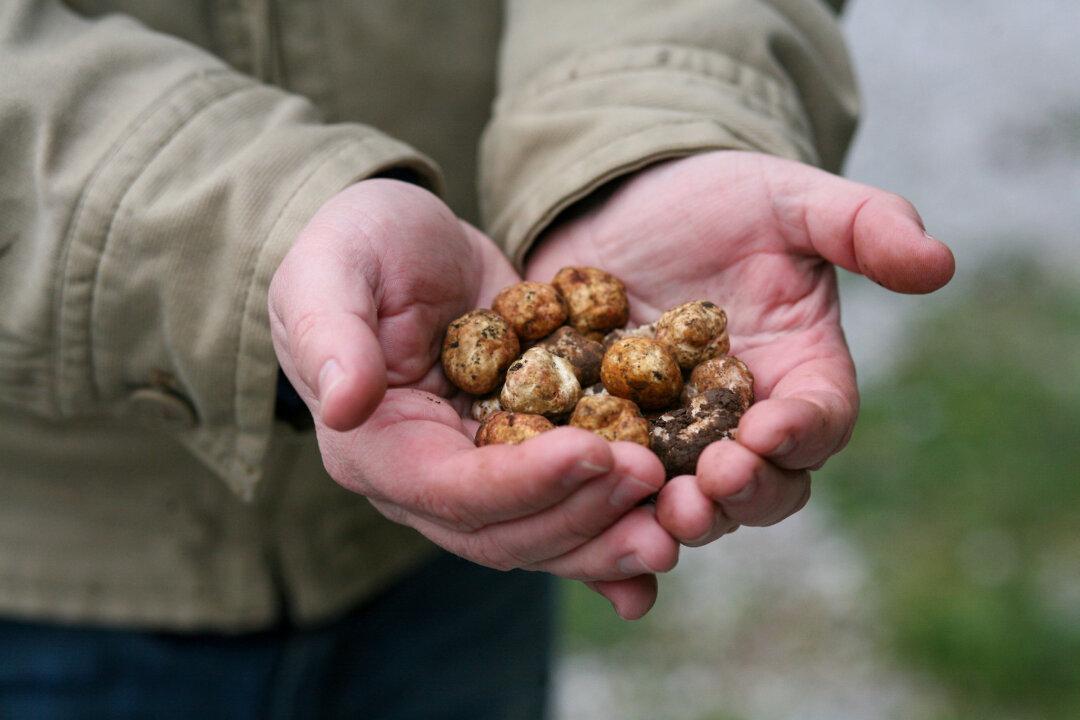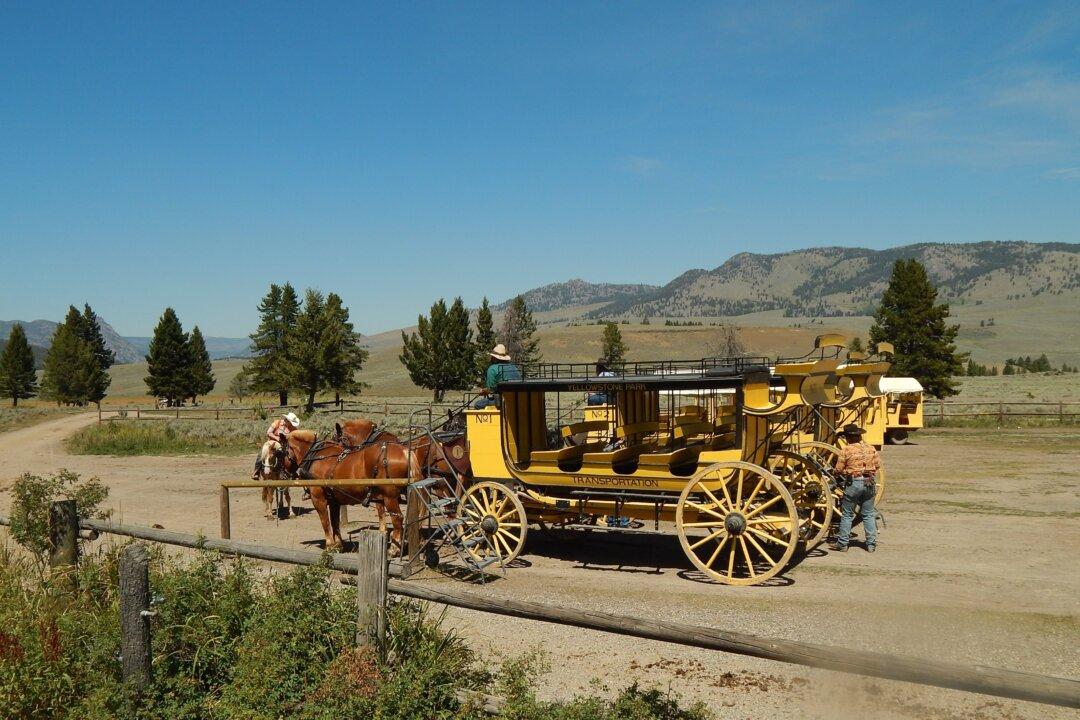At the base of the San Tan Mountains in Queen Creek, Arizona, Queen Creek Olive Mill is harvesting olives in the fertile soil of this floodplain region. The area, known for its quality fruits and vegetables, provides the ideal growing conditions of sunny days and cool desert nights for the olives to thrive. Perry Rea, cofounder of the family-owned and -run olive mill, says Arizona-grown olives provide the perfect fruit for milling extra-virgin olive oil.
Although Rea has Italian heritage, he did not have a background in olives before starting the Queen Creek Olive Mill with his wife, Brenda, in 2000. Rea had turned 40, and he wanted a change in his life.
An Idea Sprouts
Earlier, on a visit to Arizona, where Rea’s parents were wintering in Fountain Hills, Perry and Brenda, who have five children, had been walking in Old Town Scottsdale when he noticed the olive trees growing along the streets. At dinner that night, Rea’s father, a first-generation Italian, commented on the large number of olive trees in Arizona.
Still, the idea didn’t immediately materialize. It wasn’t until the couple returned home to Detroit, while sitting at dinner one night, that Brenda looked at Perry and said, “Hey, why don’t we make olive oil in Arizona?” The idea stuck, and Rea started investigating olive varieties, learning about growing olives in Arizona and how to make olive oil.





